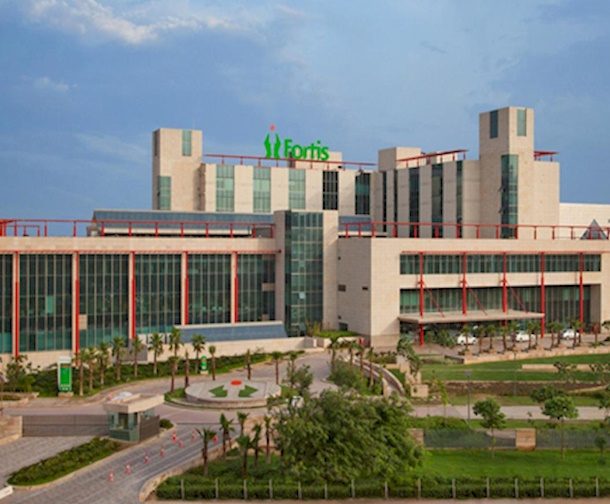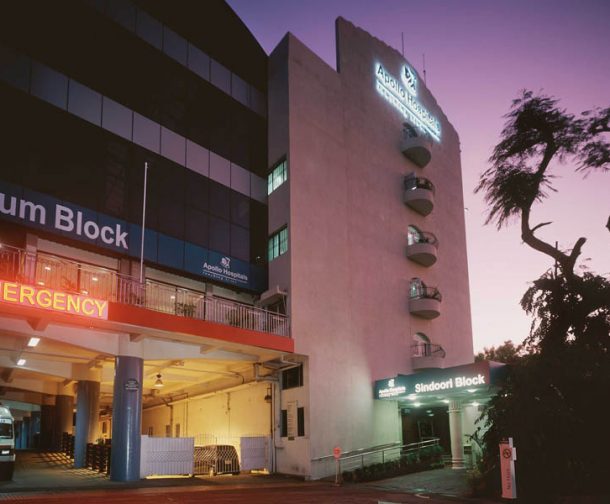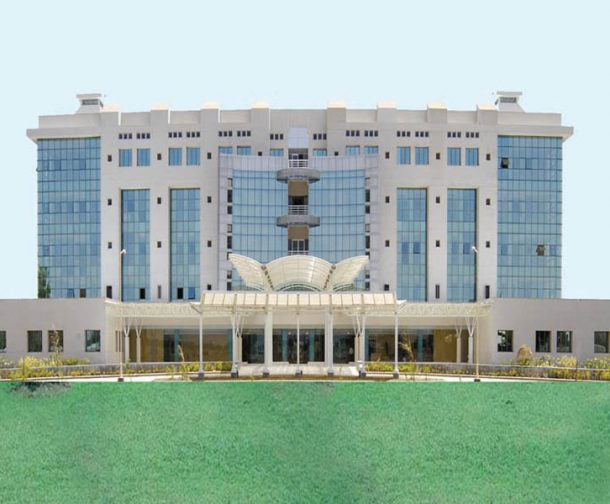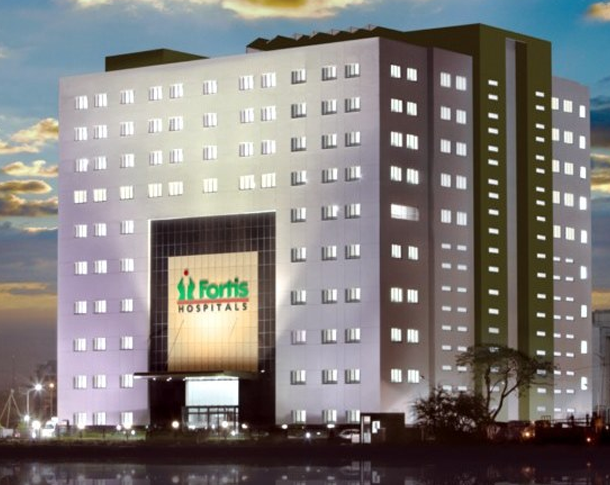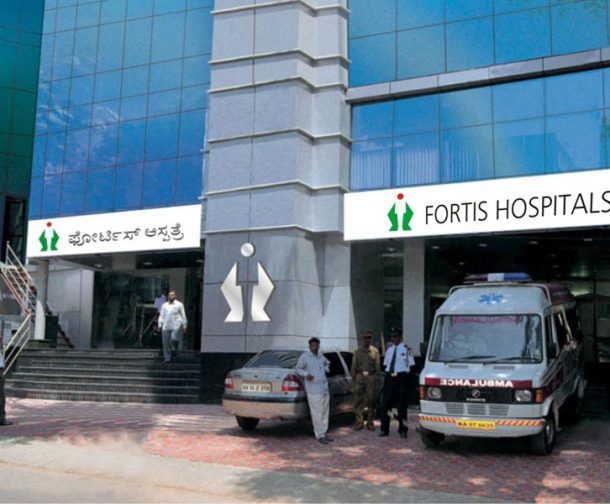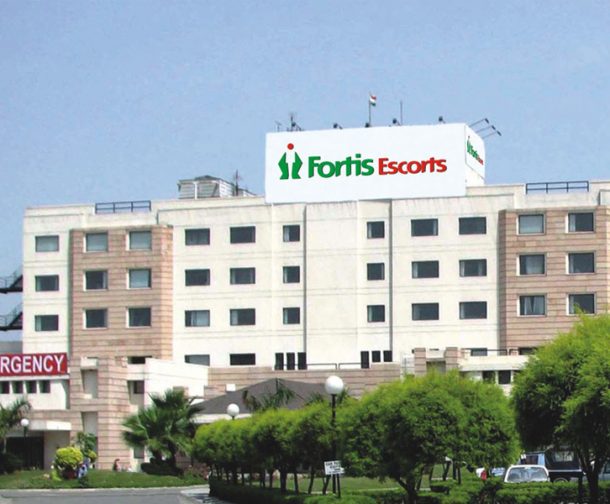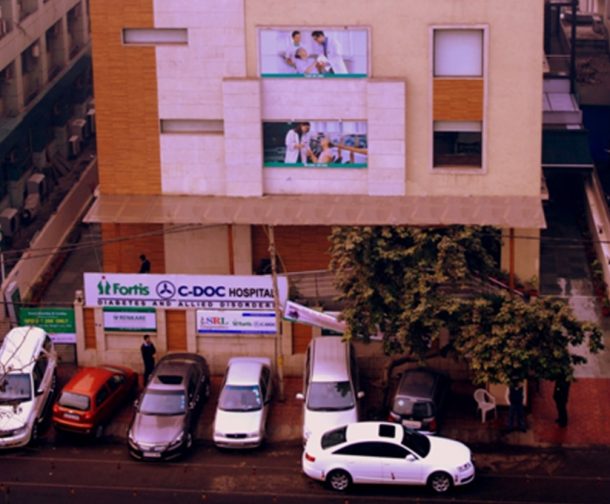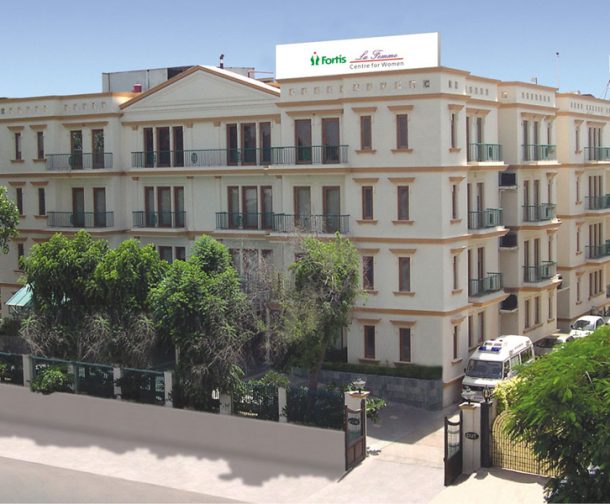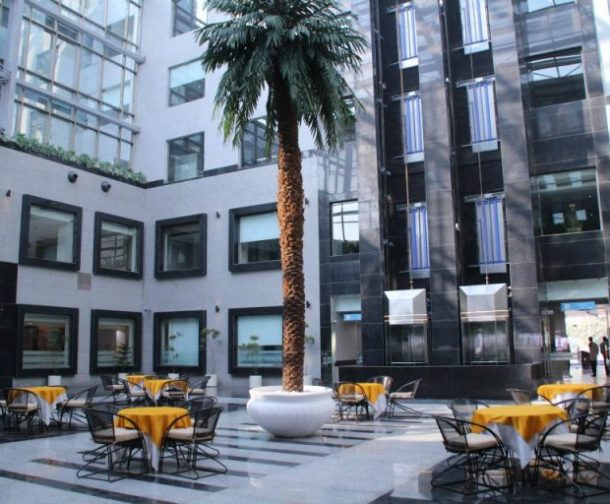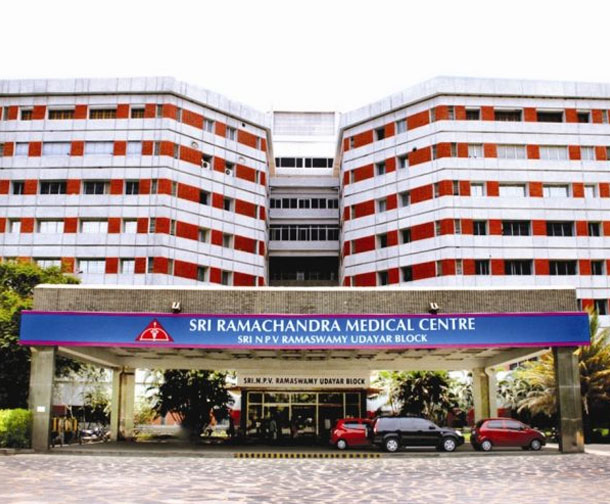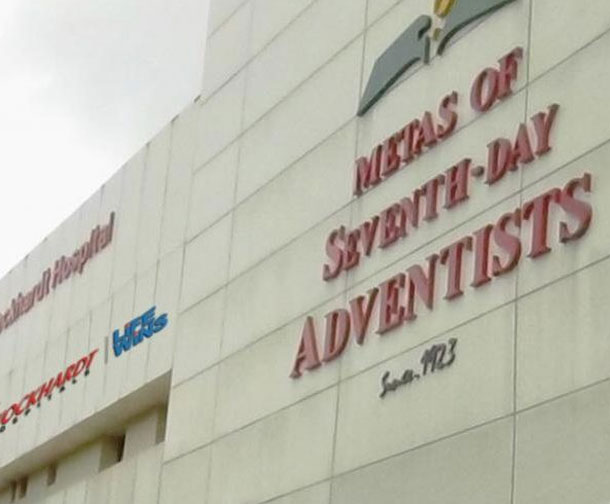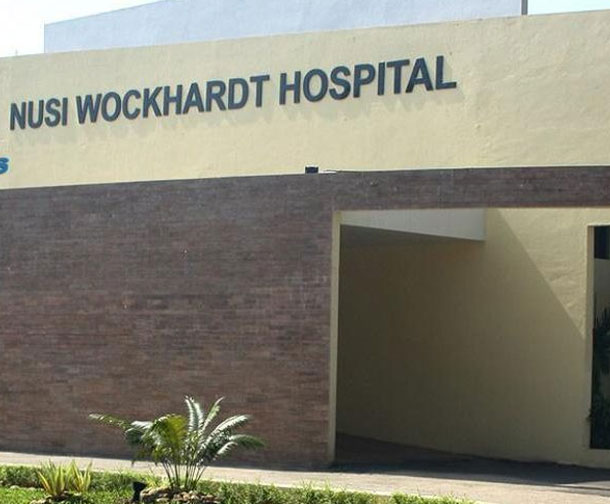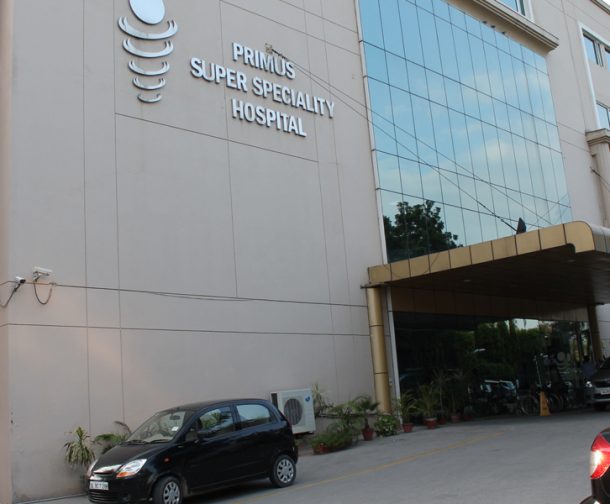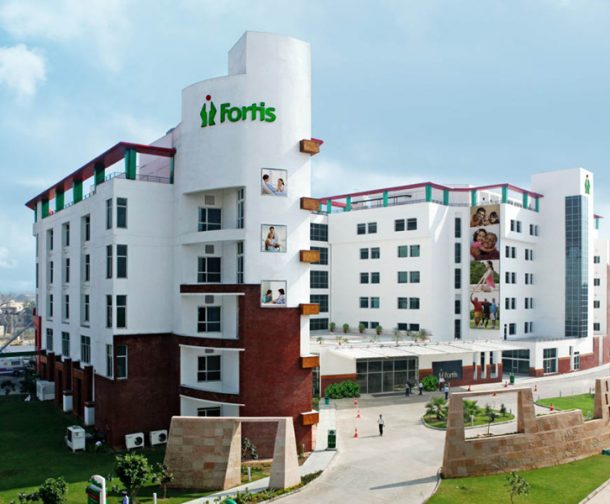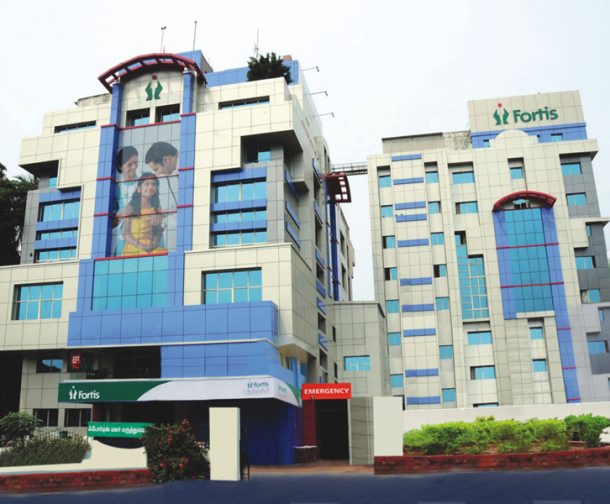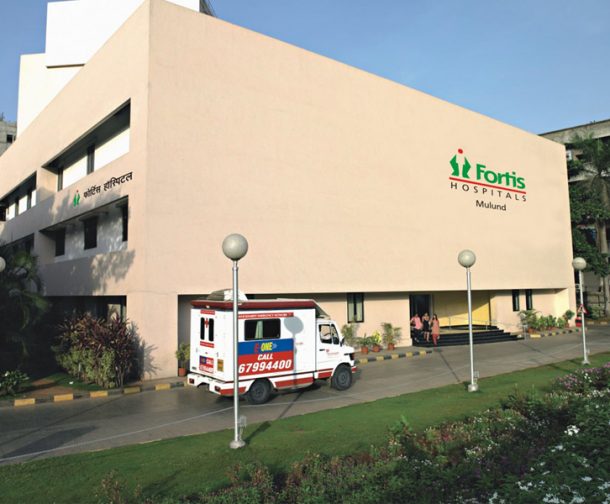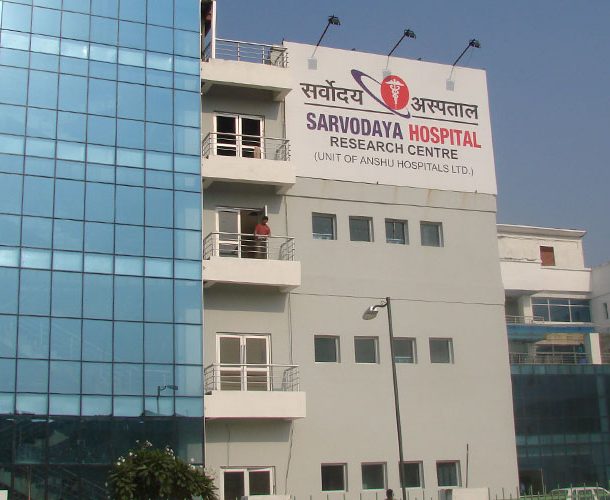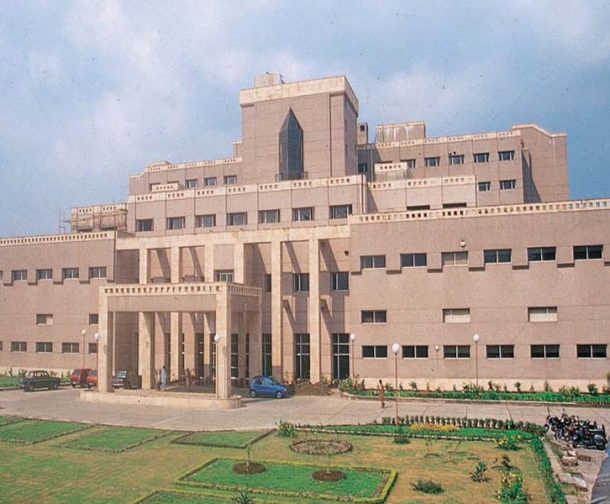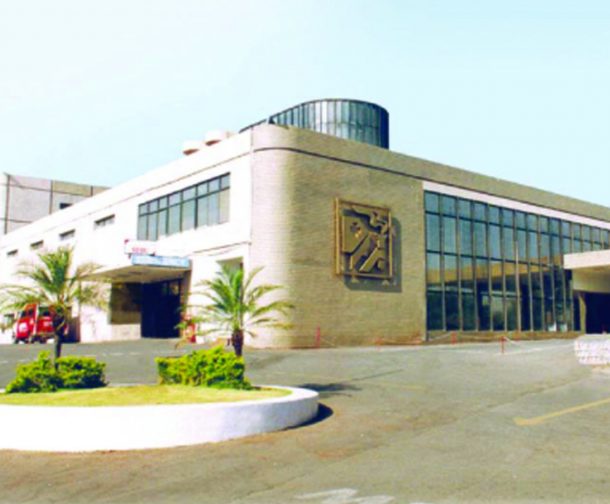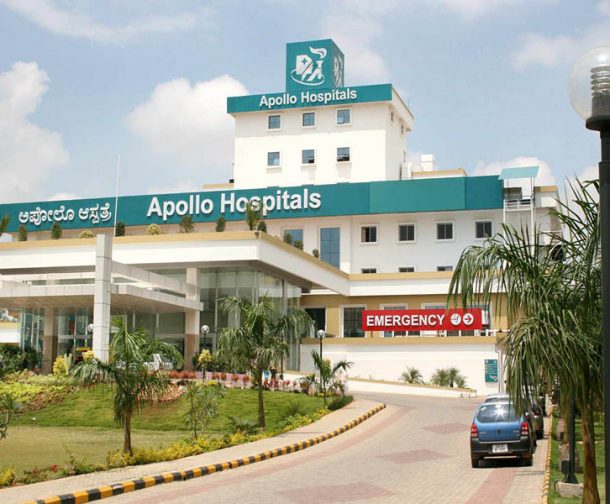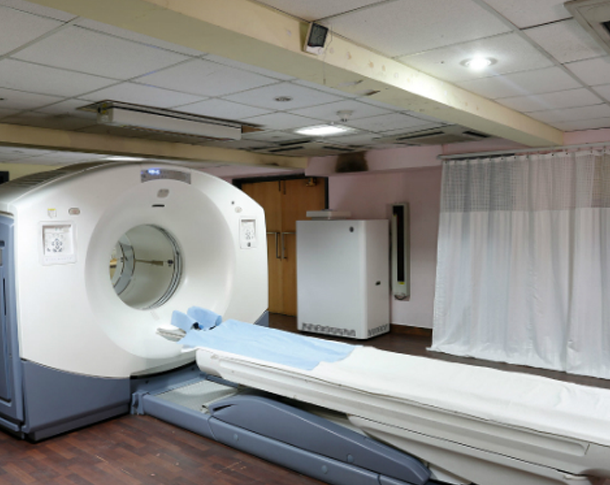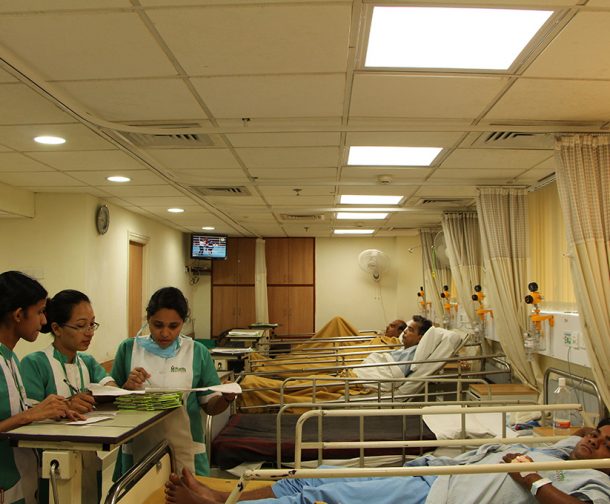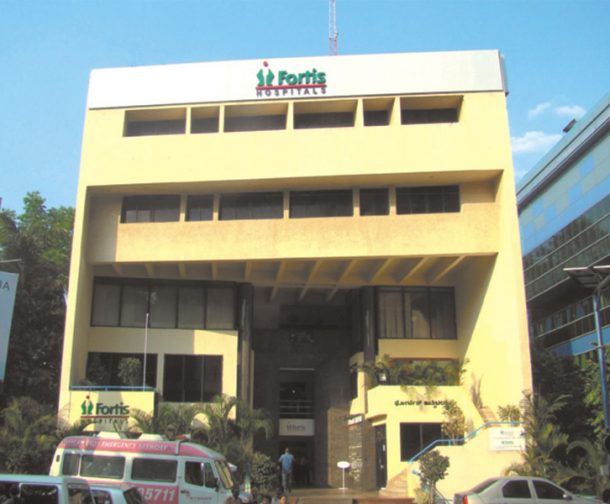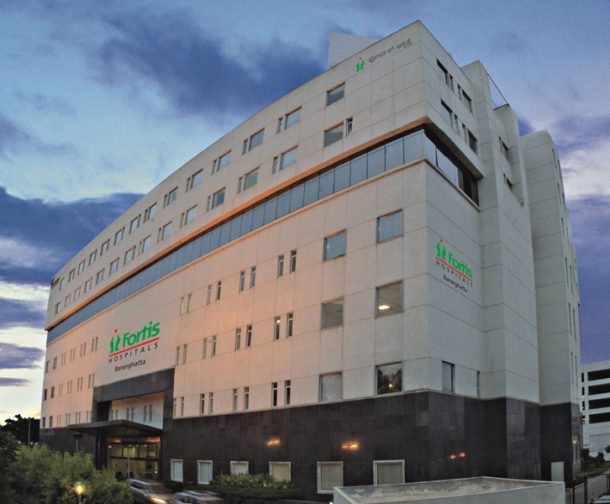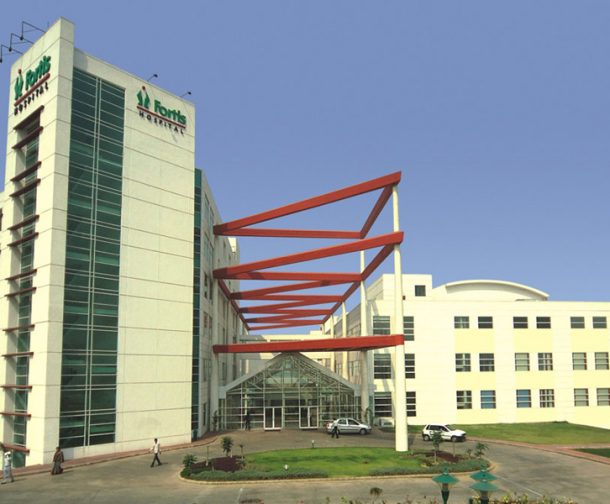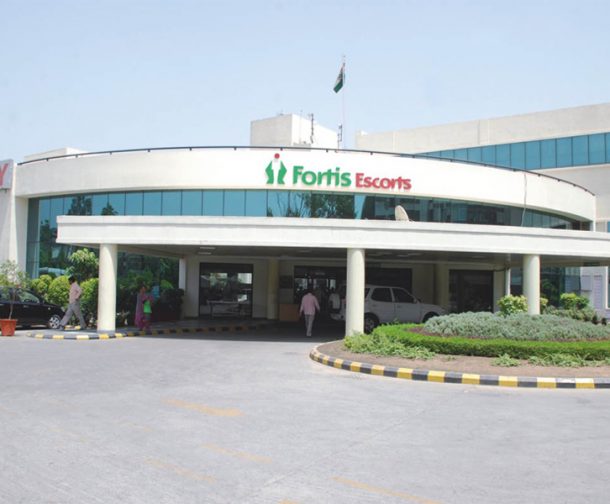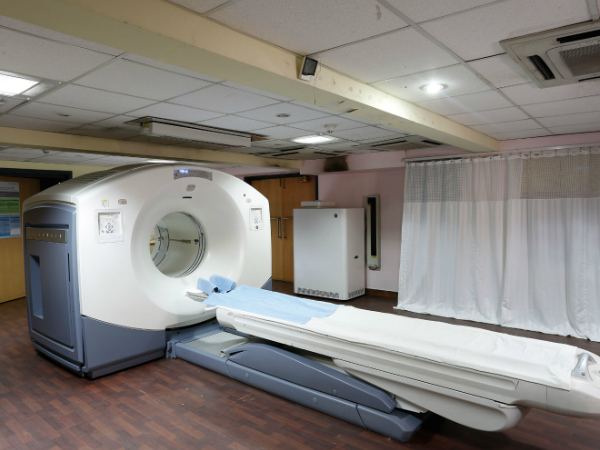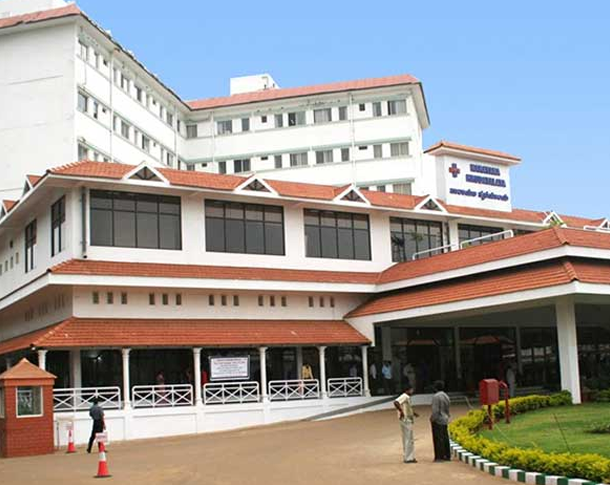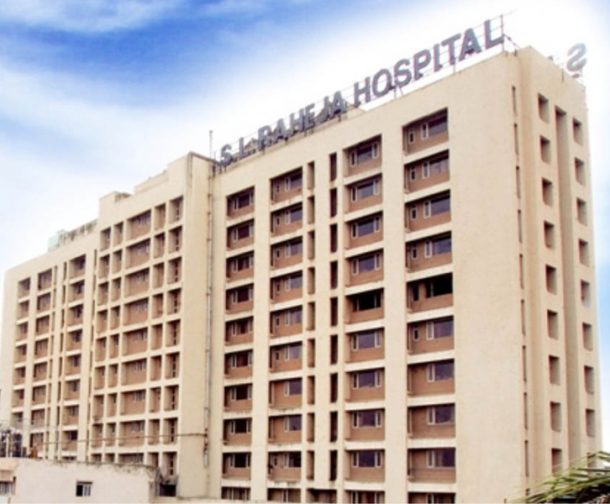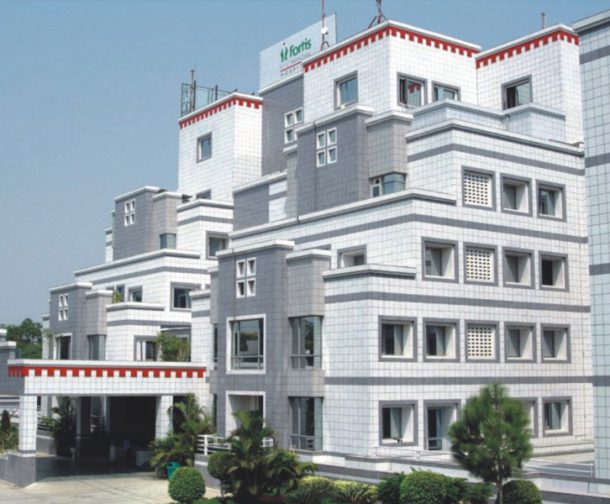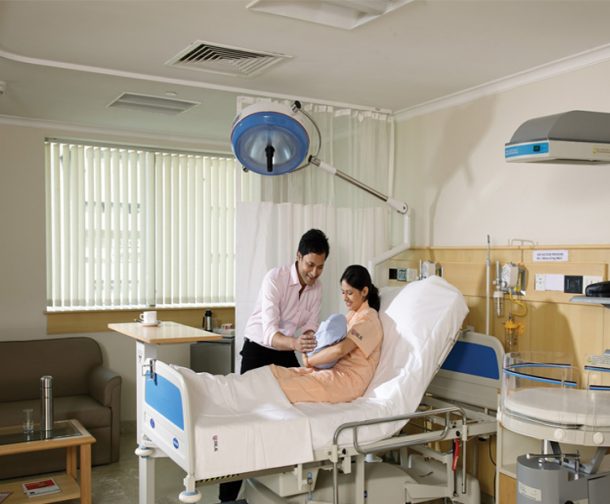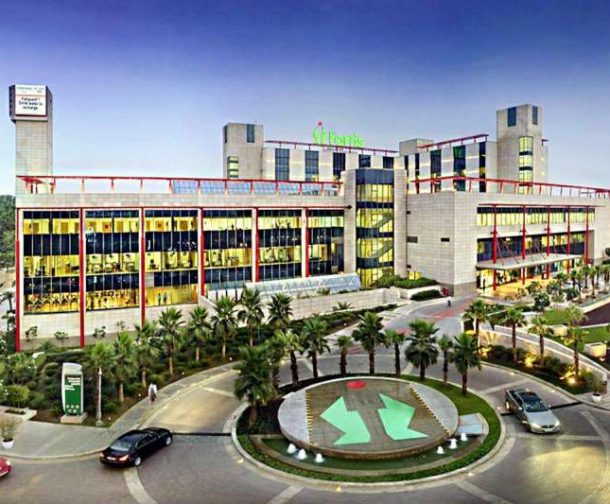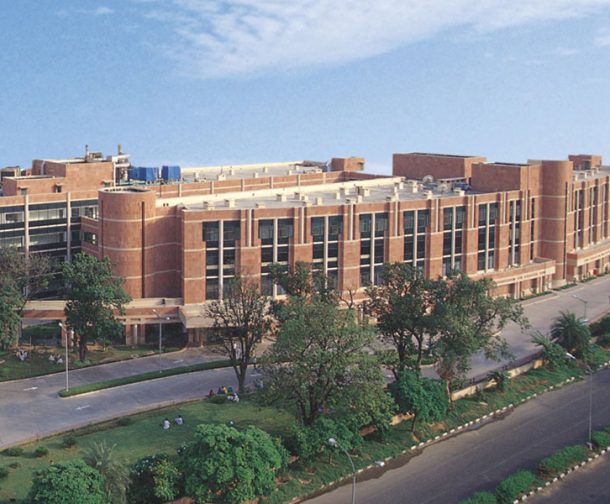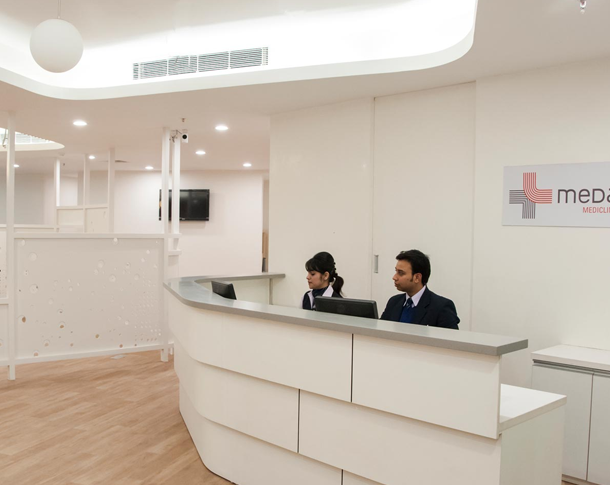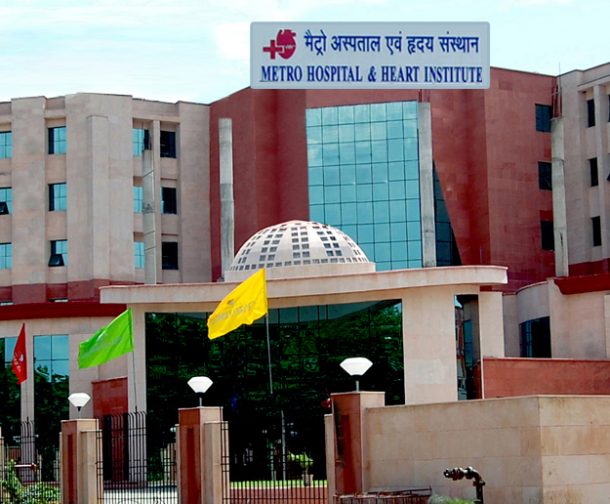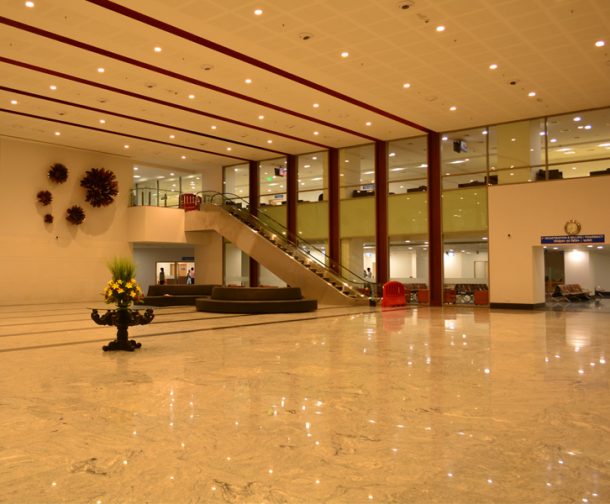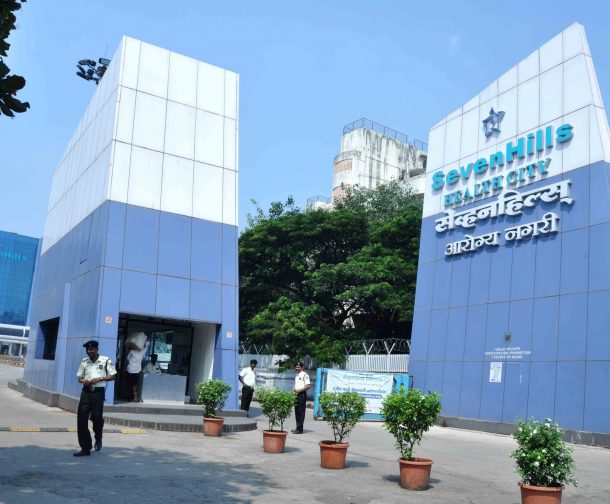
Urology
Urology is a branch of medical sciences looked after by a doctor who has a specialization in this field and is called a urologist. This field of medicinal and surgical sciences deals with the diseases and disorders that affects the male and female urinary tract.
The disorders affecting the male reproductive system are also looked after by a urologist sometimes because the reproductive and the urinary system in males are closely connected. One disorder that affects the urinary tract often ends up affecting the reproductive tract as well, and vice versa. For the same reason, the branch of urology is sometimes also referred to as genitourinary surgery.
The main organs that are covered under urology include the kidneys, urinary bladder, ureters, adrenal glands and urethra. In addition, all male reproductive organs such as prostate, penis, testes, seminal vesicles and vas deferens are also included.
Urology includeds the treatment of urinary disorders through both non-surgical and surgical methods. Some of the disorders that are treated with the help of medications and external therapies include prostatic hyperplasia and urinary tract infections.
These conditions are treated through antibiotic prophylaxis in patients with compromised immune function. Drugs such as amoxicillin and ciprofloxacin are administered to curb or avoid urinary infection.
On the other hand, urinary surgery is mostly carried out for the treatment of kidney stones, prostate cancer and stress incontinence, among other complex and serious disorders. A typical urology and genitourinary surgery can be performed with the help of both approaches – open surgery and minimally invasive techniques such as laser and laparoscopic surgery.
The best hospitals for urology disorders house some of the best surgeons and urologists, who are well-equipped with the knowledge of using highly advanced technology in the field. In addition, the best multispeciality hospital for urology surgery have the potential to handle any kind of complications that may arise during the procedure.
Urology procedures are sometimes conducted along with procedures from other specialities as well because of their close association. For example, gynaecology, oncology, gastroenterology, andrology and endocrinology procedures are sometimes performed along with a urology procedure.
Procedures of Urology
Bladder neck incision
Patients suffering from infrequent urination, urine leakage and inability to control urine are treated with the help of bladder neck incision. It is a urology surgical procedure that helps treat bladder neck obstruction resulting in inappropriate flow of urine and excessive pressure in the bladder. Recovery after bladder neck incision surgery takes between 2-3 days.
Cystolithotripsy (laser):
Stones in urinary bladder may form because of a variety of reasons. Chronic bladder infection and inability to empty bladder fully are some of the reasons that lead to formation of bladder stones. The bladder stone can be removed through cystolithotripsy procedure, which is most often performed with the help of laser. In this procedure, bigger stones are fragmented into smaller ones and removed with the help of a cystoscope.
Endopyelotomy:
Pelviureteric junction obstruction is treated with the help of this procedure. The condition may result because of narrowing of the region where urine collects before being passed on to the urinary bladder through ureters. During endopyelotomy procedure, excessive tissue that leads to narrowing of the renal pelvis or an obstruction is removed.
Green light laser prostratrectomy:
This procedure is used for the treatment of benign prostatic hyperplasia (BHP), which is prostate enlargement that constricts the urethra. During green light laser prostratrectomy, the enlarged prostate and its tissues is vaporised with the help of green laser. Recovery after green light prostratrectomy takes one to two weeks.
Lap pyeloplasty:
Ureteropelvic junction obstruction is sometimes treated with the help of laparoscopic pyeloplasty. It is a type of a re-constructive surgery used to correct the constriction, damage, scarring or narrowing in the region where urine collects just before being transferred to the bladder through ureters. The obstruction resulting out of narrowing may cause extensive pain in the abdomen and there are high chances of bladder stone and infection because of it.
Laparoscopic radical cystectomy:
Urothelial carcinoma of the bladder is best treated with the help of laparoscopic radical cystectomy. Radical cystoprostatectomy procedure requires some prior preparation and is avoided in people who are lung or heart patients. During the procedure, complete bladder or a part of it is removed along with the prostate with the help of a laparoscope.
laser prostatectomy:
Enlarged prostate may result in a number of conditions, primarily because it puts pressure on the urethra. Urinary obstruction and infection are two such complications. The condition is best treated with the help of laser prostectomy procedure, during which a part of the prostate is removed to relieve the pressure on the urethra. Recovery after laser prostatectomy takes from one to two weeks.
Optical internal urethrotomy:
It is a surgical procedure primarily used to inspect the inside of the bladder and the urethra. A surgery or the presence of an infection can cause urethra to narrow down, which needs to be examined with the help of optical internal urethrotomy procedure. Recurrence of stricture, infection of the wound and UTIs are some of the complications of optical internal urethrotomy.
PCNL (kidney):
Percutaneous nephrolithotomy is a procedure used for the treatment of kidney stones. PCNL procedure involves creation of an incision in the back through which a tube is inserted. This tube helps break down kidney stones into smaller particles, which are finally removed with the help of same tube.
Proximal urethroplasty:
his procedure is used for the treatment of stricture near the area where urethra connects to the bladder. During proximal urethroplasty surgery, the surgeon makes an incision over the area of urethral stricture and the scarred tissues is remained. In some cases, the stricture is widened with the help of a catheter.
Radical nephrectomy:
This is a major surgical operation conducted to remove diseases kidneys or kidney from the body of the patient. Radical nephrectomy procedure is primarily conducted in patients suffering from kidney cancer. This can be conducted using open surgical technique or there can be laparoscopic kidney removal. Infection, bleeding and leakage of urine are some of the complications of radical nephrectomy.
Radical prostatectomy:
This surgical procedure conducted to remove the prostate gland and the seminal vesicles. Radical prostatectomy procedure is usually conducted in case of patients suffering from prostate cancer. It is a sensitive procedure and recovery after radical prostatectomy may take at least three to four weeks.
RIRS:
Retrograde intrarenal surgery is a specialized procedure that makes use of fiber optic endoscope to remove kidney stones from the body of the patient. Apart from this, it is also used for the treatment of kidney tumor and bleeding disorders. This procedure is conducted under the influence of general anesthesia.
Trans Urethral Resection of Bladder Tumor (TURBT):
TURBT is a specialized procedure used by the surgeons to check for any cancerous growth in the bladder and the surrounding tissues. The same procedure is used for the treatment of bladder tumor. During TURBT procedure, an instrument called a cystoscope is used to examine the bladder wall and heat the tumor, if present, to separate it from the wall.
Trans Urethral Resection of Prostrate (TURP)
TURP is a specialized procedure used for the treatment of problems associated with prostate enlargement. Frequent urination, strained urination and blocked urine flow are some of the indications of TURP. The TURP procedure is conducted under the influence of anesthesia.
Uretric reimplantation:
This is a sensitive procedure used to detach and then reimplant one of both of the ureters to the bladder wall. The idea is to set a new position for the ureter where it attached to the bladder and prevent the urine from going back to the bladder. The uretreral reimplantation procedure is conducted under the influence of general anesthesia.
Uretroscopic Removal of Stone (Bladder)
This procedure is used for the removal of stones in the ureter. The uretroscopic removal of the stone procedure is conducted under the influence of general anesthesia. It makes use of a cystoscope to look inside the ureter and break the stone, pieces of which are later removed.
Vasectomy
This is a form of surgery that may act as a permanent birth control method for males. During vasectomy procedure, the vas deferens (the tube that transfers sperms to the semen) is cut and clamped or sealed. This renders semen devoid of sperms and hence, acting like a birth control method.
Vasectomy reversal:
Vasectomy can be reversed in some cases, and a surgery conducted to achieve the objective is known as vasectomy reversal. However, the success of vasectomy reversal vary and differ from one individual to another. Recovery after vasectomy reversal may take weeks.

